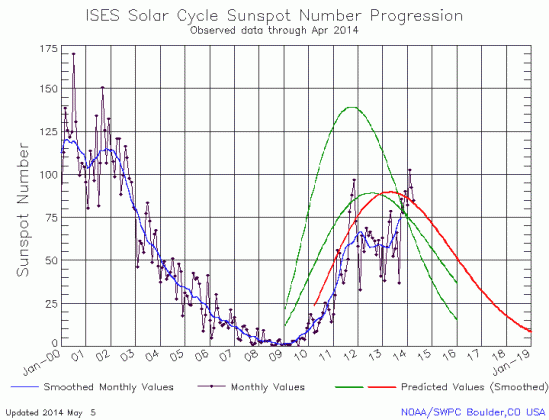The uncertainty of science: Some scientists are now calling into question the BICEP2 results that confirmed the existence of inflation just after the Big Bang.
The biggest discovery in cosmology in a decade could turn out to be an experimental artifact—at least according to an Internet rumor. The team that reported the discovery is sticking by its work, however.
Eight weeks ago, researchers working with a specialized telescope at the South Pole reported the observation of pinwheel-like swirls in the polarization of the afterglow of the big bang, or cosmic microwave background (CMB). Those swirls are traces of gravitational waves rippling through the fabric of spacetime a sliver of a second after the big bang, argue researchers working with the Background Imaging of Cosmic Extragalactic Polarization 2 (BICEP2) telescope. Such waves fulfilled a prediction of a wild theory called inflation, which says that in the first 10-32 seconds, the universe underwent a mind-boggling exponential growth spurt. Many scientists hailed the result as a “smoking gun” for inflation.
However, scientists cautioned that the result would have to be scrutinized thoroughly. And now a potential problem with the BICEP analysis has emerged, says Adam Falkowski, a theoretical particle physicist at the Laboratory of Theoretical Physics of Orsay in France and author of the Résonaances blog. The BICEP researchers mapped the polarization of the CMB across a patch of sky measuring 15° by 60°. To study the CMB signal, however, they first had to subtract the “foreground” of microwaves generated by dust within our galaxy, and the BICEP team may have done that incorrectly, Falkowski reports on his blog today.
When the BICEP2 result was announced, the media went crazy over it. I however didn’t even post anything about it, as I know from experience that cosmological results such as this are very tentative and require confirmation. Too often, they turn out to be false results, with the scientists in charge fooled by the uncertain nature of their data.
The results from BICEP2 might still hold up. We need to wait a bit longer to find out.

